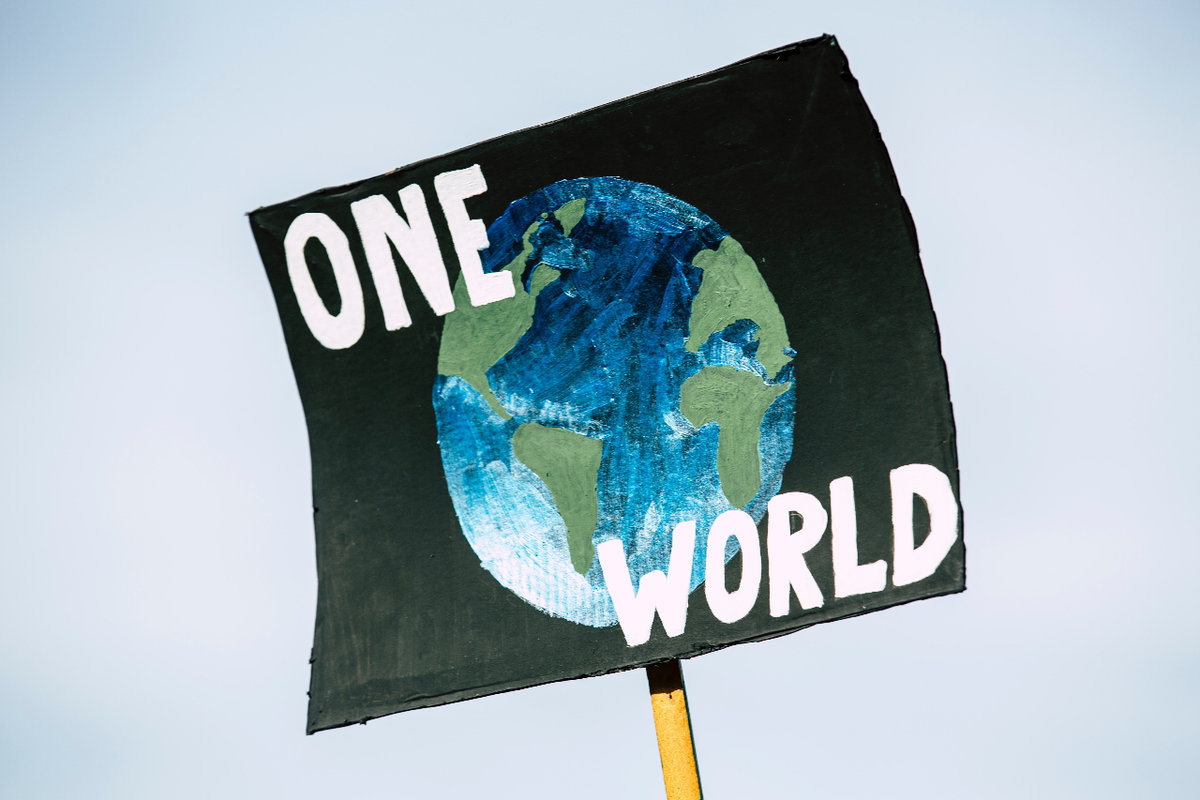
We collect basic website visitor information on this website and store it in cookies. We also utilize Google Analytics to track page view information to assist us in improving our website.
Written by: Summer Graham
Climate change – it’s a big subject, one that is regularly discussed, debated, and often feared. In the next two posts we will try to break down the topic, covering some key terms, the impacts of climate change, and what can still be done about it.
Climate vs. Weather
“It’s cold and snowing here – climate change/global warming can’t be real!”
This is a typical argument used during discussions on climate change, and it often stems from a misunderstanding between two key terms – climate and weather.
Weather is the atmospheric conditions that occur over a short period of time (minutes, hours, and days), whereas climate is the long-term regional and global average of these weather events. Climate considers the average temperate, humidity, and rainfall over the span of seasons, years, or even decades. While climate change may result in a shift in weather events, such as stronger rains, prolonged periods of drought, or more severe thunderstorms, a single weather event cannot be used to prove or disprove climate change.

Global Warming vs. Climate Change
The terms “global warming” and “climate change” are often used interchangeably, however here we will be distinguishing between the two. Global warming refers to the long-term heating of the global climate that has been observed since the pre-industrial period (1850-1900). This warming is primarily driven by human activities such as the burning of fossil fuels which increase heat-trapping greenhouse gas levels in the atmosphere, and is measured as the average increase in Earth’s global surface temperature.
Global temperatures have increased by an estimated 1 degree Celsius since pre-industrial times, and are continuing to increase by approximately 0.2 degrees per decade.
Climate change, on the other hand, encompasses the long-term changes observed in average weather patterns on a local, regional, and global scale. Where global warming is primarily caused by human activities, climate change also acknowledges the variation in climate caused by natural processes.
Although global warming and climate change are widely debated topics even today, there is overwhelming evidence that atmospheric carbon dioxide has exceeded historic levels within the past century, causing a variety of impacts on our climate and environment.
Impacts of a Changing Climate
Warming temperatures and extreme changes in the Earth’s climate have wide- ranging negative impacts on the environment, which in turn impact the flora and fauna of our planet. One of the changes expected to occur over time is the shifting of natural ranges of plants and wildlife as they adapt to a new, warmer climate. Additional impacts include warming ocean temperatures which contribute to coral bleaching and species die off, shrinking ice sheets, retreating glaciers, rising sea levels, more frequent and extreme weather events (e.g. flooding in some areas and drought in others), and an increase in the frequency and severity of forest fires.
ranging negative impacts on the environment, which in turn impact the flora and fauna of our planet. One of the changes expected to occur over time is the shifting of natural ranges of plants and wildlife as they adapt to a new, warmer climate. Additional impacts include warming ocean temperatures which contribute to coral bleaching and species die off, shrinking ice sheets, retreating glaciers, rising sea levels, more frequent and extreme weather events (e.g. flooding in some areas and drought in others), and an increase in the frequency and severity of forest fires.
Impacts due to climate change are not only a concern for the natural world. Unpredictable climate and severe weather patterns can also have major impacts to communities and economies. For example, a changing climate can lead to reduced crop yields and food insecurity in certain areas. Urban cores can be impacted by higher temperatures in concrete-dominated landscapes resulting in increased cooling costs and health problems. Flooding in cities that lack proper infrastructure can result in large-scale death and destruction, with high economic costs to recover. Check out this photojournalism peice by the Toronto Star about extreme flooding in the city in August 2018, and the impacts it had on the people who live there. Vectors for certain illnesses (such as tick-borne Lyme disease) can also shift their range to new areas causing more people to be susceptible to disease.
As humans, we are more reliant on and intertwined with the natural world than many people are aware of. It is imperative that we learn about and realize these connections so we can start healing our Earth. But where do we start? Part 2 of this blog will be posted in a couple weeks, where we will discuss the impacts climate change can have on our mental health, and ways to help combat it.
To be continued…
Additional Reading:
Climate Reality Project - How Climate Change is Affecting Canada
Government of Canada - Climate Change Causes and Effects
Humans and Nature - What Happens When We See Ourselved as Separate from Nature
Join our email list to receive occasional updates about Network of Nature and ensure you get the news that matters most, right in your inbox.